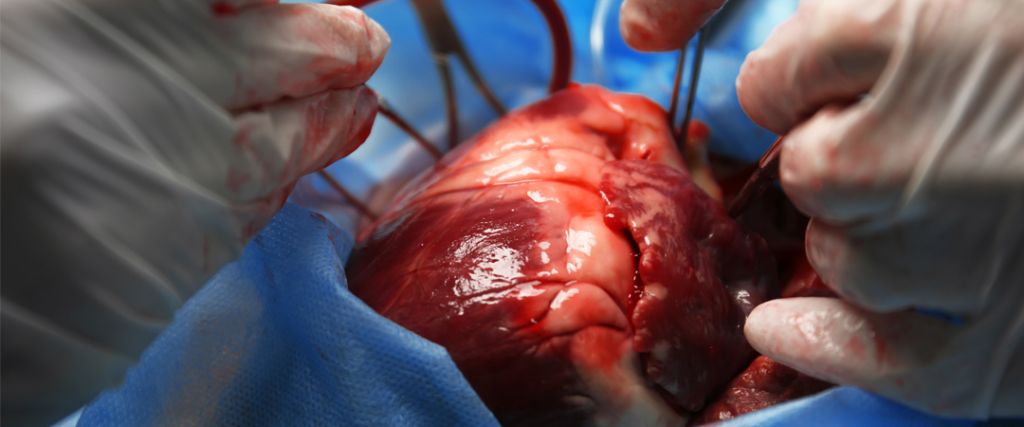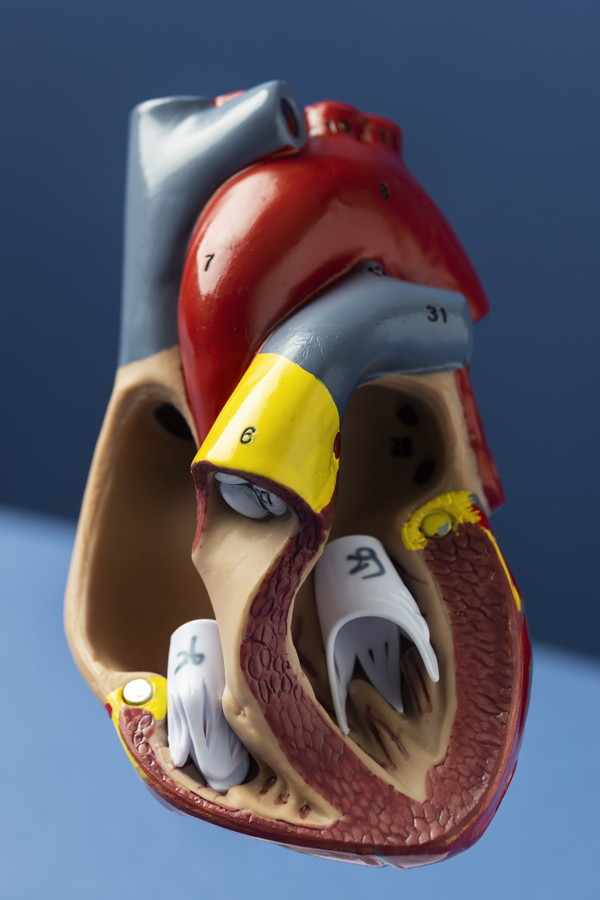
Valve surgery is a key procedure in treating heart conditions related to the valves, essential for improving patients’ quality of life. When faced with symptoms such as shortness of breath, fatigue, or palpitations, it is crucial to understand the techniques used, the associated risks, and the recovery process. This article delves into valve surgery, exploring modern approaches such as valve repair or replacement. Whether you’re a patient, a loved one, or simply curious about this medical field, we aim to shed light on what this procedure entails, helping you better grasp its importance and impact on heart health. Get ready to discover a world where innovation meets medicine to give tired hearts new life.
The different valve surgery techniques
Cardiac valve surgery encompasses several techniques, each tailored to specific valve issues. The two main methods are valve repair and valve replacement. Valve repair, often preferred when feasible, restores the function of the damaged valve without replacing it. This can involve techniques such as annuloplasty, which strengthens the valve’s ring, or commissurotomy, which releases fused valve leaflets.
Valve replacement is necessary when repair is not an option. This involves implanting either mechanical or biological valves. Mechanical valves, made from durable materials like pyrolytic carbon, have an extended lifespan but require lifelong anticoagulant treatment to prevent clots. Biological valves, made from animal tissue, do not require long-term anticoagulants but may need replacing after 10 to 15 years.
Minimally invasive techniques, such as percutaneous valve repair or replacement, are gaining popularity. These procedures, performed via transcutaneous access under radiological guidance, minimise surgical trauma and reduce recovery times. Transcatheter Aortic Valve Implantation (TAVI) is one example of this innovative approach, particularly beneficial for high-risk surgical patients.
Indications for valve surgery
The need for valve surgery depends primarily on the type and severity of valve disease, as well as the patient’s symptoms. The most common valve conditions requiring surgery are aortic stenosis, mitral regurgitation, and mitral stenosis. In aortic stenosis, the aortic valve becomes stiff and narrow, restricting blood flow from the heart to the rest of the body. Patients may experience chest pain, dizziness, or shortness of breath.
Mitral regurgitation, where the mitral valve fails to close properly, allows blood to flow back into the left atrium, leading to heart enlargement and reduced pumping capacity. Symptoms include fatigue, palpitations, and shortness of breath. Mitral stenosis, often caused by rheumatic fever, restricts blood flow from the left atrium to the left ventricle, causing pressure build-up and similar symptoms.
Decisions regarding surgery are usually based on a careful assessment of symptoms, cardiac imaging results, and the potential risks and benefits of the procedure. In some cases, regular monitoring and medical management may suffice until surgery becomes unavoidable. Collaboration between cardiologists and cardiac surgeons is crucial to determine the best timing and type of intervention for each patient.
Risks associated with valve surgery
Like any major surgical procedure, valve surgery carries risks that must be carefully assessed. Complications can vary depending on the patient’s age, overall health, and the complexity of the procedure. Immediate risks include infections, excessive bleeding, anaesthesia reactions, and thromboembolic events, such as strokes.
Long-term risks include complications related to artificial valves, such as clot formation on mechanical valves, requiring lifelong anticoagulation, or the deterioration of biological valves, which may necessitate reoperation. Patients with valve replacements must also be monitored for signs of valve dysfunction, prosthetic infections (endocarditis), and cardiac issues.
Despite these risks, technological advancements and improvements in surgical techniques have significantly reduced complication rates. Rigorous patient selection, thorough preoperative assessment, and vigilant postoperative care are essential to minimise risks and optimise positive outcomes. Patients should be well-informed of the potential risks and benefits to make an informed decision about their treatment.

Preparation for Surgery
Preparation for valve surgery begins with a thorough medical evaluation to determine the patient’s suitability for the procedure. This includes detailed physical examinations, blood tests, electrocardiograms (ECG), and echocardiograms to assess heart function and valve structure. A coronary angiography may also be performed to check for coronary artery disease requiring concurrent intervention.
It is essential for patients to discuss their current medications with their medical team, as certain treatments, particularly anticoagulants, may need to be adjusted or temporarily stopped to reduce the risk of bleeding during and after surgery. Patients should also inform their doctor of any allergies or relevant medical history, including recent infections.
Psychological preparation is equally important. Patients should be well-informed about the procedure, potential risks, and the recovery process. Meetings with the cardiac surgeon, anaesthetist, and possibly a psychologist can help to ease concerns and mentally prepare the patient for the surgery. Finally, specific instructions regarding diet, personal hygiene, and pre-operative fasting are provided to ensure the patient is in the best possible condition on the day of the surgery.
The Course of Valve Surgery
Cardiac valve surgery is performed under general anaesthesia and often involves the use of a heart-lung machine to maintain blood circulation and oxygenation while the heart is stopped. After the anaesthesia is induced, an incision is made in the chest to access the heart. For less invasive techniques, smaller incisions and specialised instruments may be used.
For valve repairs, the surgeon may use various techniques to restore the valve’s functionality. This can include stitching valve leaflets, reshaping the valve ring, or adding supports to reinforce the valve’s structure. For valve replacement, the defective valve is removed and replaced with a mechanical or biological valve. Each type of valve has its own advantages and disadvantages, and the choice depends on several factors, including the patient’s age, lifestyle, and personal preferences.
Once the repair or replacement is completed, the heart is restarted, and the heart-lung machine is disconnected. The chest incision is closed with stitches or staples, and drainage tubes may be placed to remove excess fluids. The entire procedure can take several hours, and precision is crucial to ensure proper valve function and minimise complications.
Post-Operative Recovery
Recovery after valve surgery begins in the intensive care unit (ICU), where patients are closely monitored for any immediate complications. Vital signs such as blood pressure, heart rate, and oxygen levels are continuously observed. Chest drainage tubes, urinary catheters, and intravenous lines are used to manage fluids and administer necessary medications.
The first few days after surgery are critical for recovery. Patients may experience pain and discomfort in the chest, which are managed with painkillers. Early mobilisation and breathing exercises are essential to prevent complications such as lung infections and deep vein thrombosis. Physiotherapists and nurses play a key role in this phase of rehabilitation.
The length of hospitalisation usually ranges from one to two weeks, depending on the complexity of the surgery and the patient’s recovery speed. Once stable, patients may be transferred to a less intensive care unit and, eventually, discharged home. However, full recovery can take several months and requires regular medical follow-ups to monitor valve function and healing.
Follow-up and Care After Surgery
Follow-up after valve surgery is crucial to ensure a successful recovery and to prevent long-term complications. Patients must attend regular appointments with their cardiologist and surgeon to assess the function of the repaired or replaced valve and monitor for any signs of dysfunction. Echocardiograms and other imaging tests may be required to evaluate the valve’s performance and the overall condition of the heart.
Medication management is also an essential part of post-operative care. Patients with mechanical valves must take lifelong anticoagulants to prevent blood clots. The dosage of these medications must be carefully monitored to avoid excessive bleeding.
Patients with biological valves may not require long-term anticoagulant therapy but should be monitored for signs of valve degeneration.
In addition to medical care, patients should adopt a healthy lifestyle to support heart health. This includes a balanced diet, regular physical activity, stress management, and giving up unhealthy habits such as smoking. Cardiac rehabilitation, a supervised programme of exercise and education, can be highly beneficial in helping patients gradually resume their daily activities and improve their quality of life.


Recent Innovations in Valve Surgery
Valve surgery has seen remarkable advancements in recent years, thanks to technological innovations and new minimally invasive approaches. One of the most significant developments is TAVI (Transcatheter Aortic Valve Implantation), which allows the replacement of the aortic valve without the need to open the chest.
This procedure is particularly beneficial for high-risk surgical patients and has shown excellent results in reducing complications and enabling quicker recovery.
Robot-assisted techniques also represent a major step forward, offering increased precision and smaller incisions. These interventions are less traumatic for the body and result in shorter recovery times. Robotic surgery can be used for valve repair and replacement, particularly for mitral valves, providing a less invasive alternative to traditional techniques.
Research into valve materials and biotechnology is also driving improvements. Biological valves are now treated to extend their lifespan and reduce the risk of degeneration.
Furthermore, bioengineering technologies, such as valves grown from the patient’s own cells, are under development, offering the potential for more personalised and durable solutions.
These innovations open up new possibilities for patients requiring valve surgery, improving outcomes and quality of life.
Conclusion and Future Outlook
Cardiac valve surgery is a constantly evolving field, with increasingly sophisticated techniques and ever-improving outcomes for patients. Understanding the various techniques, indications, risks, and recovery processes is crucial for those facing this procedure. Recent advancements and promising innovations continue to transform the landscape of valve surgery, offering new options and improving prospects for individuals suffering from valvular diseases.
Looking ahead, we can expect continuous progress in minimally invasive approaches, bioengineering technologies, and personalised care. These developments will not only help reduce risks and recovery times but also enhance the durability and functionality of implanted valves. The integration of new technologies and innovative treatments presents a promising future for both patients and healthcare professionals.
Ultimately, the key to success in valve surgery lies in a multidisciplinary approach, involving cardiologists, surgeons, nurses, and rehabilitation specialists working together to provide the best possible care. By staying informed and embracing the latest innovations, healthcare professionals can continue to improve outcomes and give new life to weary hearts.

